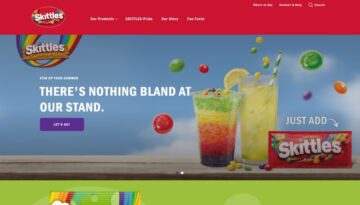Brand Anatomy is the study of the different components that make up a brand. It involves analyzing the various elements that work together to shape a brand’s identity and perception in the minds of consumers. These components include the brand’s values, personality, messaging, visual identity, and other tangible and intangible factors.
Values are the principles and beliefs that a brand stands for. They guide the brand’s decisions and actions, and they can strongly influence consumer behavior. Personality refers to the human characteristics and traits that a brand embodies, such as being trustworthy, innovative, or fun.
Messaging is the language and tone that a brand uses to communicate with its target audience. It encompasses everything from taglines and slogans to product descriptions and social media posts. Effective messaging is clear, concise, and consistent.
Visual identity includes a brand’s logo, color palette, typography, and other design elements. These visual cues are essential in creating brand recognition and helping consumers remember and identify a brand.
By understanding and optimizing each of these components, a brand can create a strong and cohesive identity that resonates with its target audience. A well-crafted brand anatomy can lead to increased brand loyalty, higher consumer engagement, and ultimately, greater business success.
To create a successful brand anatomy, it’s important to conduct thorough research and analysis, including consumer research, competitive analysis, and market trends. This information can help guide strategic decisions and ensure that the brand’s values, personality, messaging, and visual identity are aligned with the needs and desires of its target audience.










